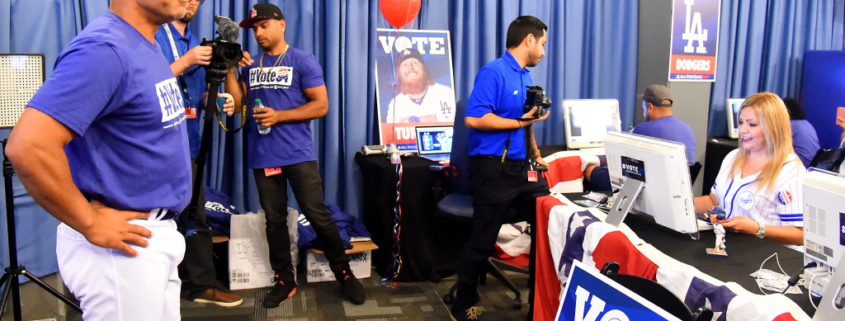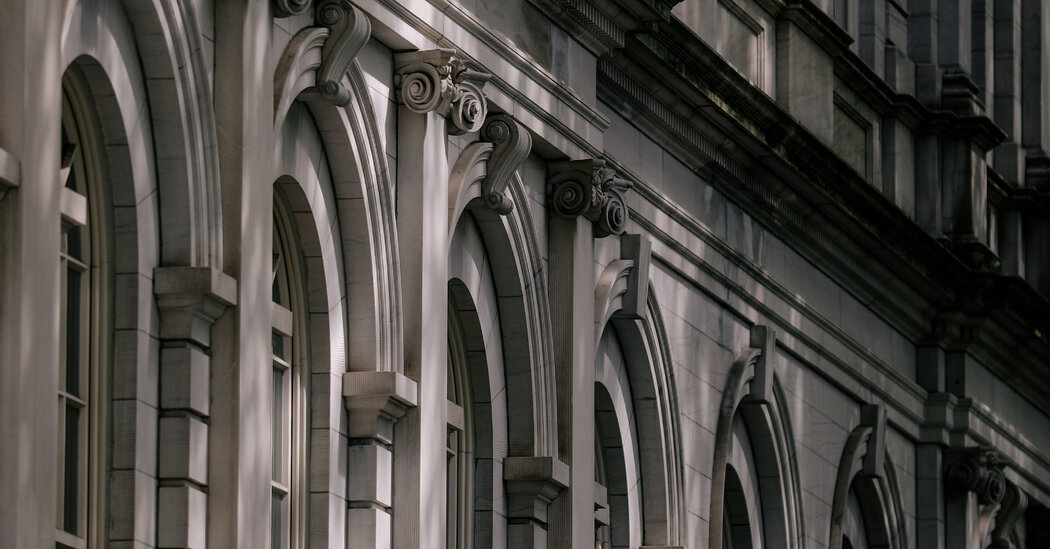How the league secures the ballot from hacking
Major League Baseball fans could choose a U.S. president and local elected officials, but for 12 seasons, they couldn’t be trusted to set the All-Star Game roster. Cincinnati Redlegs fans committed a form of voter fraud in 1957 when, goaded by media outlets, they gamed the system to stack the deck.
Then-MLB Commissioner Ford Frick was not pleased and he disenfranchised millions.
The right to vote for All-Stars was restored in 1970, ushering in first an era of paper ballots, then a hybrid of paper and online voting, and going fully online in 2015 for the midsummer classic held in, you guessed it, Cincinnati.
Voting rights were at the core of MLB’s decision this year to move the All-Star Game and related events to Denver from Georgia, a state that in late March changed its voting laws in ways that Democrats and the U.S. Department of Justice believe will disproportionately affect Black voters but Republicans defend as fair and an expansion of access.
Comparatively speaking, the All-Star Game vote is low stakes, but MLB, like state governments, changes the process over time to keep ballots accessible and safe from ballot-stuffing.
Sometimes.
“I’d only been … writing software for three years, something like that, so it hadn’t been that long,” said Chris Nandor, who in 1999 hacked the All-Star Game vote. “That kind of tells you it wasn’t that complicated.”
At the beginning
Maybe the best place to start this story is in the Negro Leagues. The first East-West Game — what the Negro Leagues’ All-Star Game was called — took place on Sept. 10, 1933, about two months after the first MLB All-Star Game.
But the precedent the East-West Game set likely had a wider influence: Its first year saw about 1 million votes come in thanks to ballots that were printed in Black newspapers across the country.
MLB initially gave fans the right to vote in 1933 and ’34 (though the league told The Post “it is unclear how that was handled”) before giving it to the All-Star Game managers until 1947.
Georgetown history professor Chandra Manning said the Negro League’s motivation for fan voting was in part to “democratize emotional investment in the…


